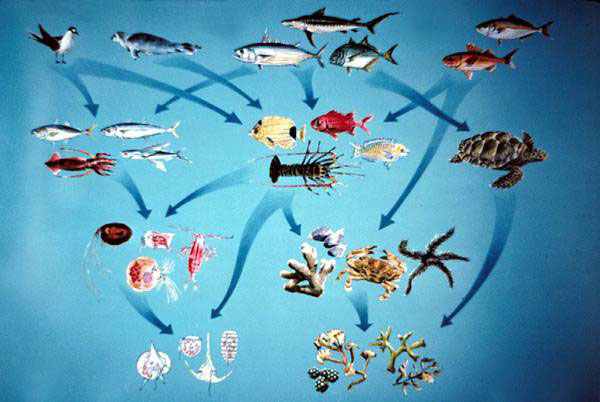December 8, 2010
Innovation's ecosystems
Controlled chaos
With myriad ecosystems - ethnic, employment, and technology just to name a few - overlapping each other in Silicon Valley, the interactions that result in innovative disruption may appear chaotic to the untrained eyes. In reality, serendipity is the rare exception in making these connections.
At the industry level, trade organizations host events and conferences for people to share ideas. At company level, there are specific job titles/teams focusing exclusively on connecting and commercializing ideas. At functional level, there are professional firms who provide platform for structured interaction and matchmaking. Even at academic settings, schools around Silicon Valley are active actors in creating and fostering emerging ecosystems.
As the saying goes, there is a method to the madness.
To be in the game
A fair question to ask is what does it take to participate in these conversations and how do you know they are worth having. After all, we all have an ever growing to-do list and there is only so much time in a day.
If you have a product, that is a good start. Although indsutry requirement differs, a functioning prototype is usually the minimum. Better yet, you get more credibility when there is a beta product with some users to demonstrate market traction. Ideally, you have a product that is adding new users furiously and is inexpensive to scale up. Google and Facebook in the early days are two recent examples.
If you have money, i.e. you are a VC or angel investor, that usually gets you a seat in the table. On the other hand, financial resources itself is not always a sufficient condition, ideally you would be "smart money" too. Smart money are often defined in two parts. One is that you have the experience and wherewithal to not freak out at the first sign of inclement business conditions. The second part is that you can offer additional connections, such as introduction to other funders or executive talents, that are hard to come by.
If you have existing distribution channel/customer base, you can usually get the best seat to the table. Like Steve Jobs had famously commended his team "Real artists ship!", innovation is not real until it has hit the market place. To the extent that you have an established user base, everyone will want to be meet your installed base. Having this blessed position does come with its burden. Deciding what to expose to your installed base to is hard enough. The bigger challenge in innovation is often how to think outside of the box and push beyond the comfort zone. This is no easy task. Think about how Verizon turned down Apple's iPhone and the subsequent boost to AT&T as the sole iPhone carrier in the US from 2007 until 2011.
Labels:
ecosystems
Subscribe to:
Post Comments (Atom)

No comments:
Post a Comment